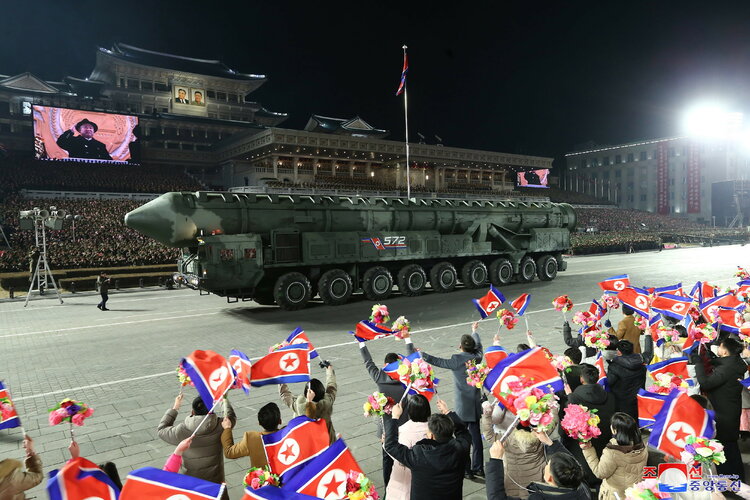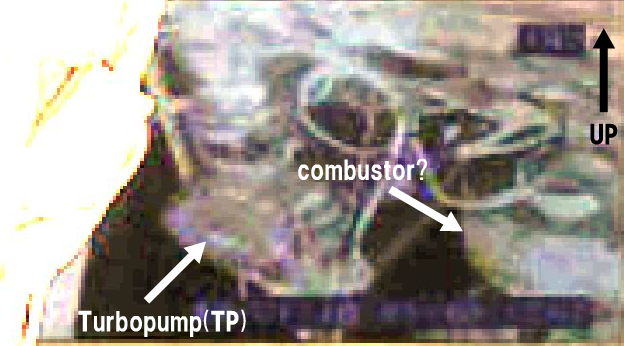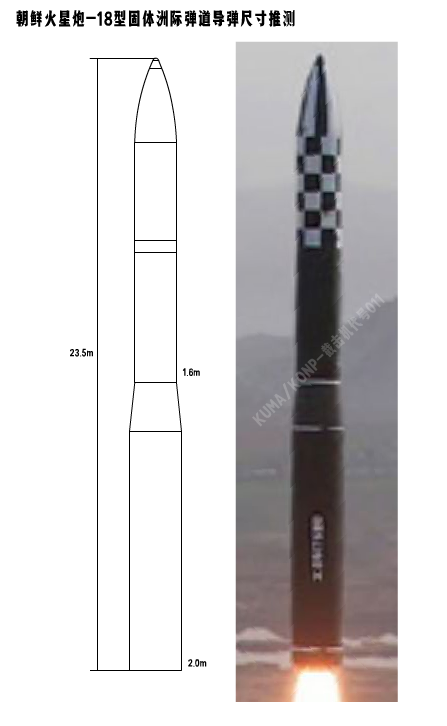Your own source mentions Russia. And why would a small cash-strapped nation be developing not 1, not 2 but 3 separate types of ICBMs (Hwasong-15/17/18)? It doesn't even make sense.
Basically because they wanted their nuclear arsenal to be secure and not very costly to maintain.
* Hwasong-15 was essentially a stopgap measure; storable liquid-fueled ICBM that could be launched only from stationary positions. I.e. vulnerable to pre-emptive strikes. And since North Korea is quite small country, they are quite worried about their arsenal durability.
* Hwasong-17 is a solution; storable liquid-fueled ICBM, that could be transported and launched from mobile TEL. It allowed much better survivability than previous ICBM.
* Hwasong-18 is a next step - solid-fuel mobile ICBM, that would add reduced maintenance requirement to the already-achieved survivability.
Basically, North Koreans are firm followers of cost-efficiency. They prefer to spend money on development, but get the most cost-effective solution for actual deployment.
P.S. Also, their liquid-fuel ICBM program gave them a rather good foothold in terms of space-launching capabilities. I speculate that North Korea may be the next space power to achieve manned spaceflight (they already have technical capabilities to launch a Mercury-type capsule).










